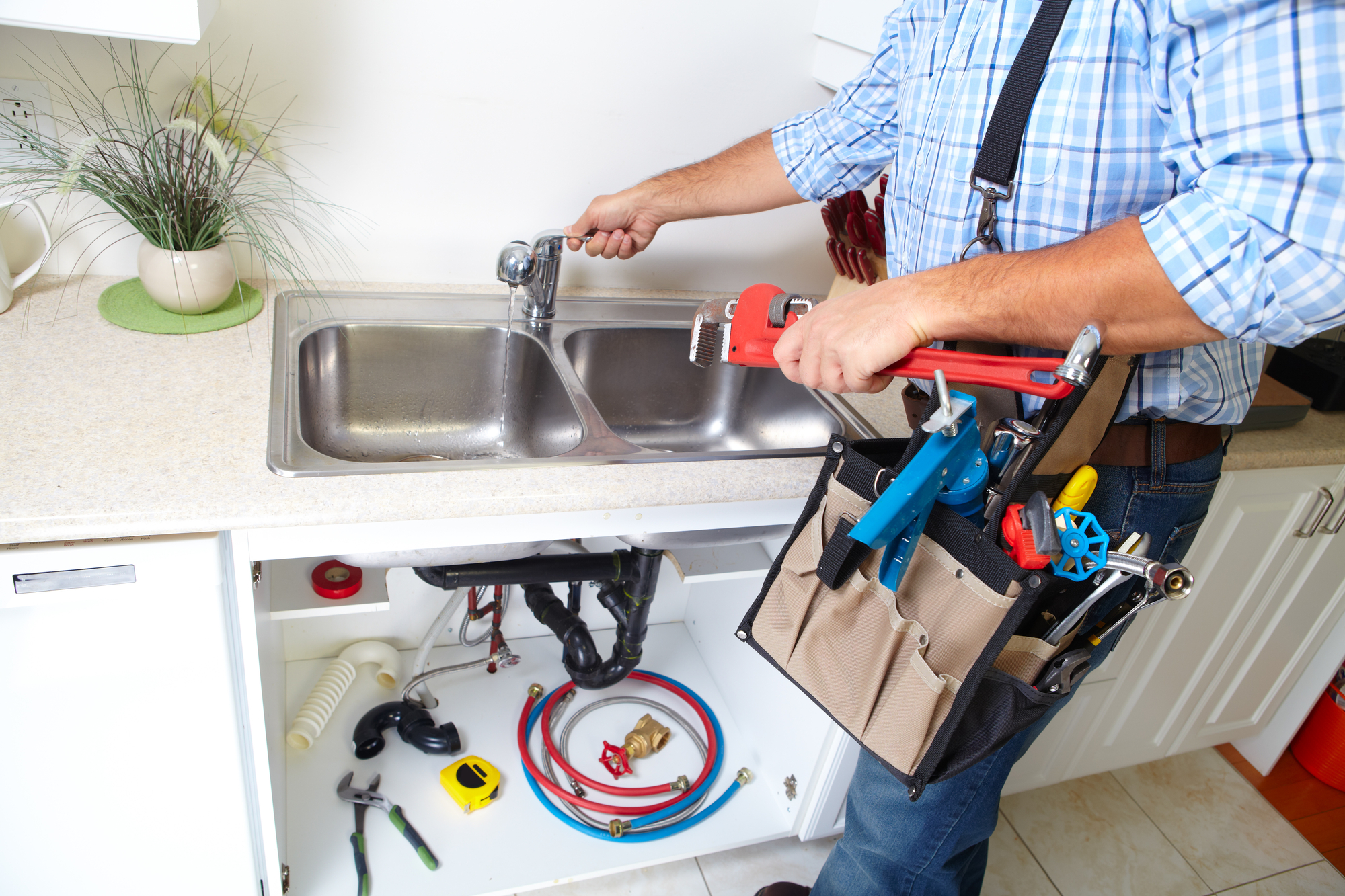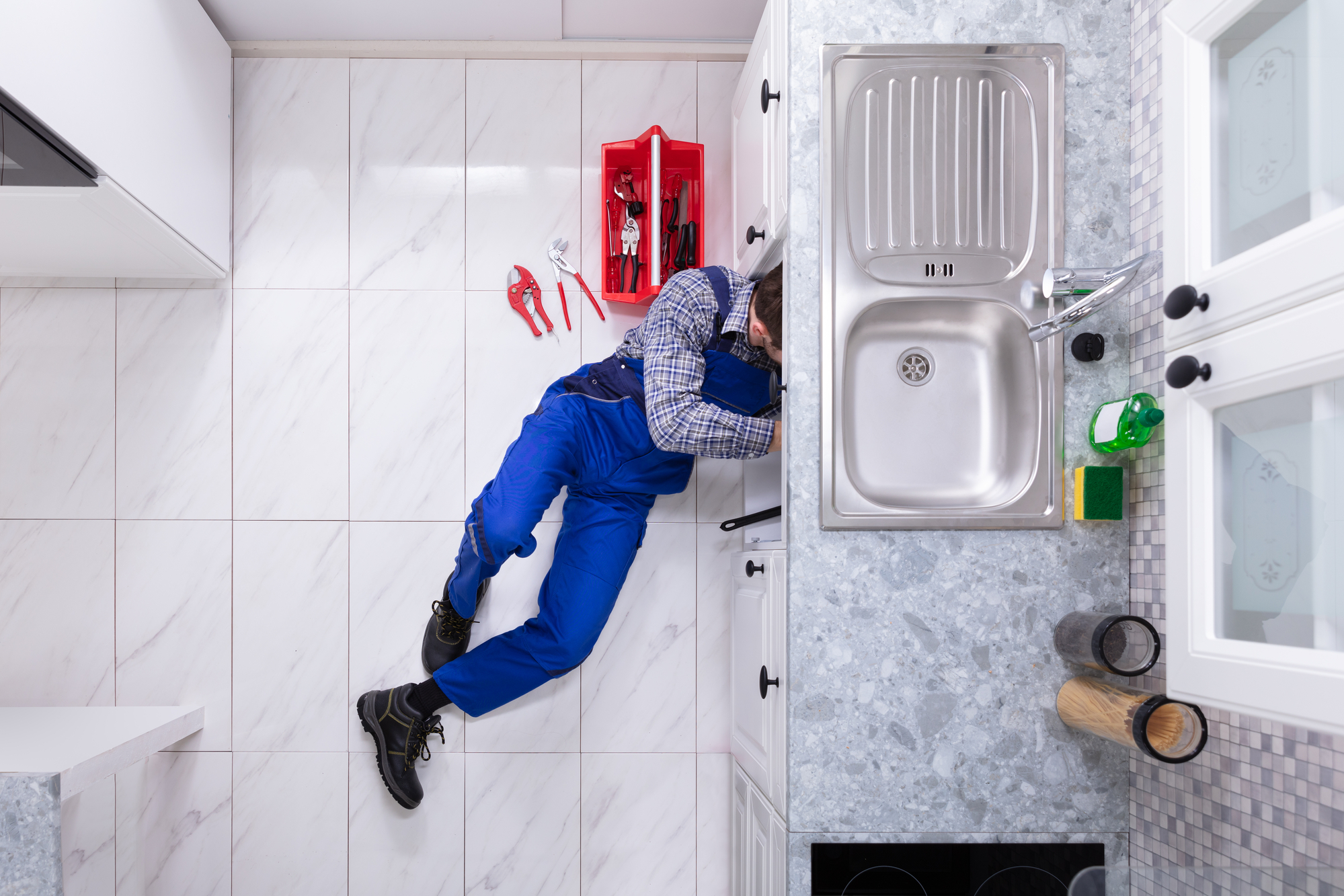Gas lines are a crucial component of residential and commercial infrastructure. Gas lines are responsible for various applications that combine heat and cooking. But you can come face-to-face sometimes when you need to modify or split your gas pipes. Splitting a gas line is a matter of safety. Although the process is simple, maintaining it along the way is harder. So, in this article, we will talk about “Can you split a gas line while maintaining proper safety?”
What does gas splitting mean
Gas line splitting refers to dividing an existing gas line into multiple appliances. This allows the distribution of gas lines to different appliances. But a question can come to mind: “Is the splitting even possible?” Well, the answer is yes. But as long as you maintain the exact size and materials with safety and reliability,
But we suggest having an expert or professional do this for you. It`s not against the law to do DIY, but depending on the safety precautions, working alone is not a recommendation. So, before you try to split the line, try to come in contact with an expert gas plumber.

While all this comes to light, focusing on the safety hazards, try enlisting an expert plumber. Maintain safety regulations and prevent risks such as gas leaks, fires, or explosions. While working, don`t be afraid of the sudden gas spark, as it is common because of gas vapor.
How to safely cut a gas line
First, before you start cutting the gas line, think about the safety precautions. Make sure the line is off. Now figure out which tools are suitable for your line. You need to use tools depending on the place you are working.
Wait for 5–10 minutes after turning off the gas line. Because even after turning off the valve, sometimes gas remains in the line. Which can showcase a spark when coming into contact with normal air. Just wear protective gloves and an eye protector for better safety.

Common reasons for splitting gas lines
Many homes use gas, such as natural gas, for stoves, water heaters, and more. If your home uses gas, you may wonder how to split off an existing gas line. This guide will show you exactly how to do that!
There are many reasons you may want to split off an existing gas line, such as adding a line to a new gas grill or an outdoor gas firepot. Keep in mind that not every state allows you to work on gas lines without a license. It is our opinion that the information in this guide is useful, but it is not really advice from a licensed professional.
Full guide of how can you split a gas line maintaining safety
Working with gas lines requires professional tools to ensure precision, safety, and compliance with regulations. Here is a list of essential tools for gas line splitting:
- Pipe Wrench,
- Gas Leak Detector,
- Pipe Cutter,
- Gas Tape,
- Adjustable Wrench.
If you know about plumbing or work with gas lines, you likely have plumbing torques and a line shaper lying around. Here and there, you will be working in short spaces; this is where a responding saw can get in and take care of business without a line shaper.
Ensure that the Teflon tape you use is gas-evaluated; it ordinarily comes in yellow to indicate that it is safe for use with gas fittings.
Proper instructions for splitting gas line
Now you are all set up! So let’s dive into the actual process. The following process will take a little time, certainly about an hour or more.
Turning off the supply
You can have the gas off at the meter, or the line you are dealing with may have a shutoff valve. We propose stopping it at the meter or having your gas organization shut it off while utilizing the meter.
Clearing the pipe
Stick to something like 20 minutes for the gas to disseminate. There might be a few fumes left in the line, but they are insufficient to bring on any sort of blast.
Finding the exact spot
Find the line that you will jump-start from. This might be close to the water radiator or at a gas oven; pick the line contingent upon where your new line will go. Many individuals will jump-start one of these gas lines to add a line to another machine or utility.
Cutting process
Cut the line using a line-cutting wrench or a responding saw with a metal cutting edge. The line-slicing wrench will expect you to cut the line in a 360-degree movement around the line. If you don’t have room, a responding saw functions admirably. You just cut downward onto the line. You should make two cuts and eliminate about a half-inch piece of line. We recommend utilizing a responding saw; it is quicker, and it will be more straightforward to get to the line to cut it.
Installing new materials
Presently, introduce your 90-degree three-attachment tee to the new gas line. Ensure that your new gas pipe is the same thickness as the current line and that the tee is a similar size. Utilize the Teflon tape and join the tee.
Unnecessary penalties
Due to some laws and regulations, you may need proper certification before working on a gas line. The penalties for working on gas lines without certification in the USA are variable. The fines for such violations may range from a few hundred to a thousand dollars. For precise information, it’s important to consult with local authorities or regulatory agencies in your specific location.
Is hiring a professional necessary?
Depending on the penalties and huge hassle, it is not a heroic task to work yourself. So it is better to hire someone professional to do your job. As they will maintain safety and reliability, they will also ensure extra security while working. Here are some key reasons why you need to hire a professional:
- Safety Protocols
- Gas Shut-Off Responsibility
- Legal Compliance
- Professional Expertise
- Documentation
FAQ
Q: Might I, at any point, divide a gas line myself?
A: No, authorized professionals should split gas lines for security reasons.
Q: What Apparatuses Are Required for Gas Line Parting?
A: pipe shaper, torques, tubing shaper, erupting instrument, and a gas spill indicator.
Q: How long would it be a good idea for me to stand by after switching off the gas line?
A: Trust that the remaining gas will scatter before additional work.
Q: What occurs on the off chance that I work on a gas line without confirmation?
A: Punishments differ, including fines, legitimate activity, and permit denial.
Q: For what reason would it be advisable for me to recruit experts for gas line parting?
A: Experts guarantee well-being, consistency, and exact execution, limiting dangers.
Conclusion
So, depending on the guide, the answer to “Can you split a gas line?” Yes, you can. But it depends if you really want to give away a penalty or not. This greatly impacts the laws and regulations your state has. This is basically because of safety hazards because gas is highly flammable.






